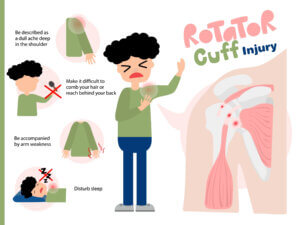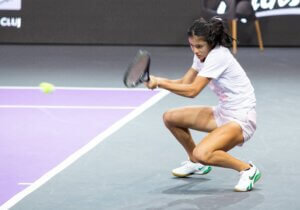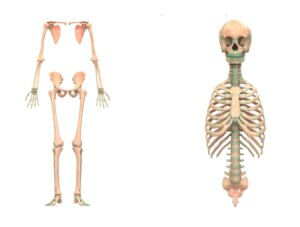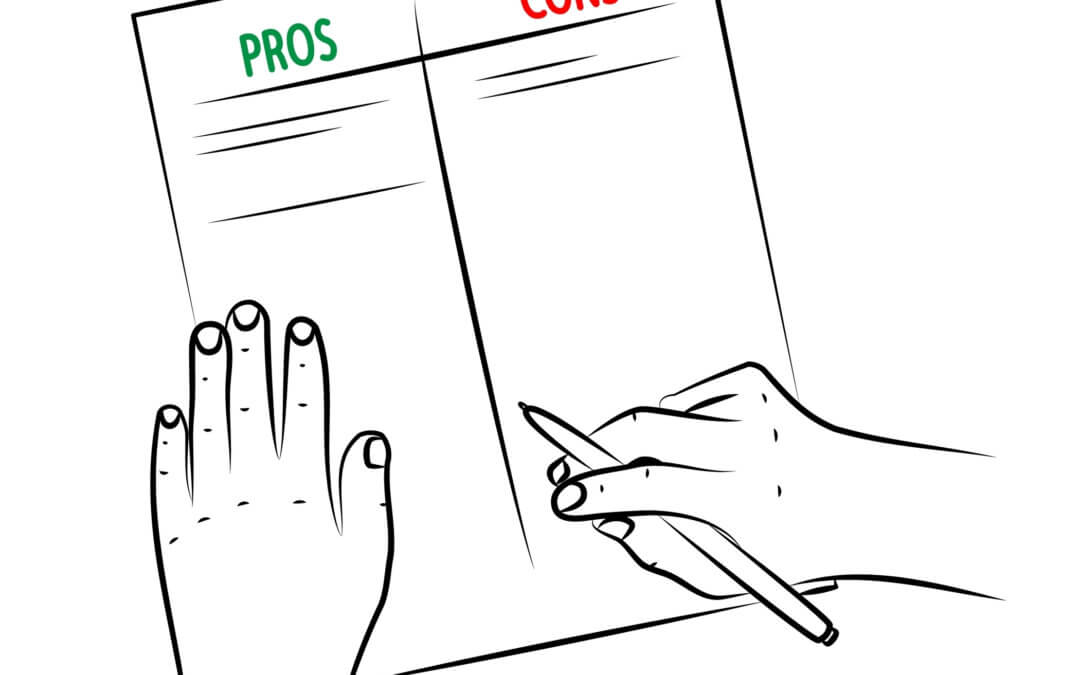Is Exercise Good For Us?
Three months after surgery to repair my shoulder ligament, commonly referred to as a rotator cuff, I reviewed my notes—a patient diary if you like. Apart from feeling sorry for myself, I assumed my shoulder might not return to normality. Of course, we must ask what is expected, especially after six decades of life. Can we expect to return to the days of youth? Well, of course, this is wishful!
This short article is not intended to alarm, but it aims to provide a narrative that some might feel is valuable regarding ageing, who to seek help from, and when. However, it is neither a guide nor advice to be taken rigidly. We all need to consider our perspectives and views individually.

Signs and Symptoms of Rotator cuff injury or tear.
My father had torn both shoulder muscles (rotator cuff and biceps). Now in his late eighties, surgery was not recommended; not least, he lived alone. It seemed reasonable for his son to exercise and ensure his shoulders were strong. Regular gym exercise and careful use of weights—what could be better? Three years later – pain!
As a former healthcare clinician, I’m pretty focused on the route to take and decided to seek a formal diagnosis. Bones and joints come under the title of musculoskeletal sciences (MSK). The shoulders, therefore, could come under physiotherapy, osteopathy or chiropractic. (I have tried them myself all over the years.) Many GP surgeries do not have a wealth of experience unless they elect to take orthopaedics during training. There is no intended sleight on GPs, but MSK work has become specialised. I mean, there are even dedicated foot surgeons these days.
For me, it was the physio, and being impatient, I sought out a private clinic. The diagnosis was made at the first consultation, and I was delighted. My lovely lady physiotherapist applied all methods, which only benefitted me for 12-24 hours at best. Up to this point, I had attempted some self-help with taping and neoprene bracing, hence why I now needed people in the know.
By the sixth treatment, I had what one might call several target rings, bruising caused by cupping. A shade away from leaches!—I was convinced I needed a second opinion. No one could have been more surprised when the clinic manager, the man who provided my diagnosis six weeks earlier, told me I had not had enough treatment. £££££s sprung to mind. I wanted an ultrasound and MRI confirmation.
“You’d just be wasting your money,” an angry emoji emerged under my skin, but I remained calm and professional and walked.
Imaging, injections and finally surgery—the diagnosis was one completely torn biceps tendon and partial rotator cuff tear. There was no way physiotherapy would have helped.
Part of the tale clarifies the importance of proper diagnosis in directing correct treatment. But how many patients are fobbed off? NHS versus the independent sector springs to mind; both have their value and benefits. Who do you consult?
For the most part, it would be the GP. If it were purely medical, that would be my route, but because I was a lower limb MSK specialist, I knew my way around the UK healthcare system better than most. I am over a year on today, and my shoulder is 90+% better, and the treatment was excellent.
How does the layperson cope with MSK problems, and can they afford a delay? Worse still, even if they don’t want to languish on a National Health Service waiting list, can they afford private care? The consultation, imaging, and treatment run into thousands. For those aware, the halfway house exists—that is to say, the NHS sub-contract to the independent sector. Here is the rub: the NHS specialist (surgeon) is often the same person in the independent sector, so Peter pays Paul. But suffice it to say, many people have benefitted from this method, one we used to call Chose & Book.

Emma Raducanu of Great Britain in action during a match at WTA Transylvania Open International Tennis Tournament.
I have written articles (blogs) on tennis players Raducanu and Murray. I am not particularly interested in tennis, but they both have sustained interesting injuries and provide an example of exercise (sports) contributively derived injury.
Three Important Elements
Our body comprises bone and soft connecting tissues, and different types of joints exist. Ligaments, muscles, and cartilage are all based on fibrous protein sandwiched with sugar molecules attached to bone, which are supplied with blood vessels and nerves. There are three problems, albeit simplified:—
- As with any structural design, some designs can withstand injury better than others.
- We all age (physiologically) at different rates, superimposed by lifestyle, which includes exercise.
- Lastly, our genetic sequence advises our body on how it can develop.
Not all of us are designed to undertake exercise, so we need to be kind to ourselves, but this does not mean we cannot exercise. Maybe walking and hill climbing are better than a robust run?
Much written about ageing shows we deteriorate at different times, which is influenced by what we eat and our health. Cardio and respiratory fitness are crucial to ageing, and we must ensure our blood vessels are in good condition. Occupational environments and social habits can influence the decay often shown in our skin. Today, more than ever, we are being made aware of the possible and potential dangers of some foods with life-preserving additives.
Falling to Pieces!
It’s all in our genes. The biological map of development contributes to how each part of our body develops and responds. Put bluntly, you might want to be a swimmer or runner, but if you are destined for injury, then if this arises, you are given a warning. We often don’t appreciate such flaws until later, and we push through, believing we can overcome such interruptions to life. An old rugby injury in 1980, I tore my knee cartilage. Forty-four years on, three operations later, an additional anterior cruciate ligament tear, my knee cannot perform, and I am resolved to assume a knee replacement before seventy-five. However, I exercise ‘the quads’, the muscle that keeps the knee stable. It’s a weekly matter; my knee hurts more if I fail to exercise. This reminds me that not all exercise is bad; it just needs to be designed around injury and not make matters worse.

The musculoskeletal framework upon which all other parts of our body work in harmony.
One of the subjects all MSK healthcare professionals learn is how to apply physics to movement. This subject is called biomechanics and includes nutritional science.
Murray is a star for Britain, and we have long waited for his likes and that of the younger Emma Raducanu, only to end his viable tennis career as a prime player —Murray is 37, and Raducanu is 21. Physiologically, Murray is older in his right hip joint. Sadly, the payback for his success will create new demands, and much will lead to pain and potential disability. We can only be exposed to so many operations before scar tissue and surgical intervention leads to additional problems.
My wife has a theory: excessive exercise is bad. She is partly correct, but exercise keeps us moving, delivers good cardio fitness, and improves overall psychological well-being. Overexposure, which results in damage, becomes self-limiting, but many unwisely push on through.
There I was back in post-COVID, maintaining my fitness and ensuring I did not damage my shoulders and ligament as my father had.
David is a full-time author and blogger (consultingfootpain.co.uk). This article was adapted for The Rousdoner in October 2024.

He has written about his journey as an informed patient in —‘Shoulder Pain – The Rotator Cuff Repair’ published by Busypencilcase Communications (Est. 2015) and available from Amazon as an eBook (£1.99) and paperback (£5.99).


Recent Comments